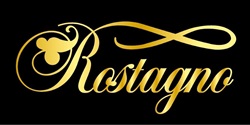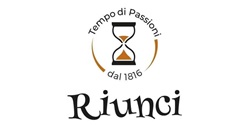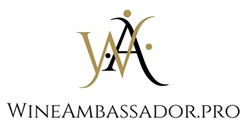Navigating the Vineyards: Unraveling Mergers, Acquisitions, and Investments in Italy’s Wine Sector
MILANO – The Italian wine sector is projected to experience significant growth, with total sales expected to increase by 3.3% in 2023, according to a report published by the Mediobanca Research Area. However, experts warn that there could be turbulence ahead, especially in terms of demand.
The report, which surveyed 255 leading Italian companies with total sales over €20m in 2021, revealed that the industry posted aggregate revenues of €10.7bn, accounting for 89.3% of the national sector total. It highlighted the growth of sparkling wines, which are expected to experience a revenue increase of 5.2% and a 4.2% rise in exports in 2023.
Despite a 7.6% decrease in Ebit margin and an 8.7% reduction in net profit as a percentage of total sales in 2022, total sales rose by 10%. Sparkling wines were a standout performer with a 16.9% increase, outperforming non-sparkling wines which grew by 8.2%.
Revenues from wine tourism services increased substantially in 2022, up 67% from the previous year, with cellar visits making up the majority of these revenues. This signals a return to pre-pandemic levels of tourism, a welcome recovery for a sector hit hard by travel restrictions.
E-commerce slowdown and rankings
However, the report also signaled a slowdown in e-commerce, with online sales from leading winemakers decreasing by 3.7% in 2022. Among the main pure players, Vino.com led the way with revenues of €43.3m, up 44% on 2020, followed by Tannico and Bernabei.
Italian wine companies continue to perform well, with Cantine Riunite-GIV leading in terms of total sales in 2022, with revenues of €698.5m, a 10.1% increase from the previous year. Following closely were Argea and IWB, posting revenues of €455.1m and €430.3m respectively.
Regional disparities and future prospects
The survey also revealed distinctive features among different wine-growing regions. Piedmontese winemakers recorded the best return on investment in 2021 at 8.9%. Tuscan manufacturers posted the highest Ebit margin at 15.7% and were the most financially stable with borrowings at just 22.1% of the capital invested. Meanwhile, Lombardy wine-makers saw sales rise by 18.6% in 2021, driven by sparkling wines which accounted for half their total sales.
Looking ahead to 2023, optimism is high in regions such as Friuli-Venezia Giulia, Lombardy, Piedmont, and Sicily, all expecting growth rates higher than the national average.
Changes in ownership and governance
The report highlighted a 63.5% increase in private equity investment in the leading winemakers, rising to 4.6% of total share capital in 2022. This indicates a changing landscape for ownership and governance in the wine sector. Moreover, 86.6% of the companies surveyed had Boards of Directors with no more than five members, reflecting a lean and vertical governance structure.
Despite this growth and shift in ownership, there remains room for improvement in terms of gender representation, with only 12.8% of Board members and 8.8% of chairpersons being women.
The full survey is available for download from the Mediobanca Research Area website.










